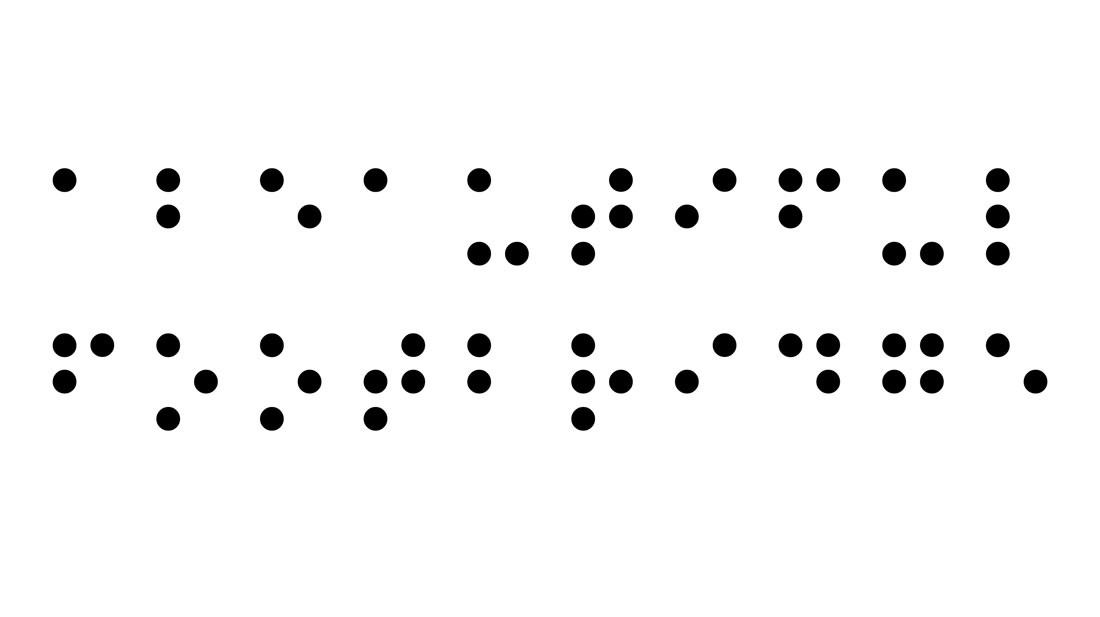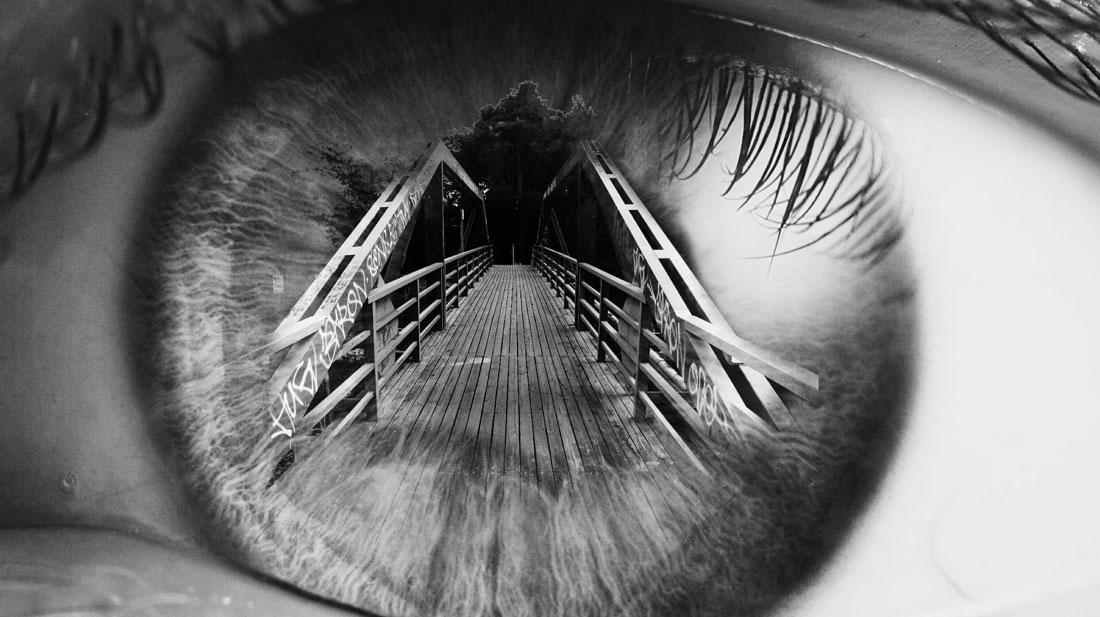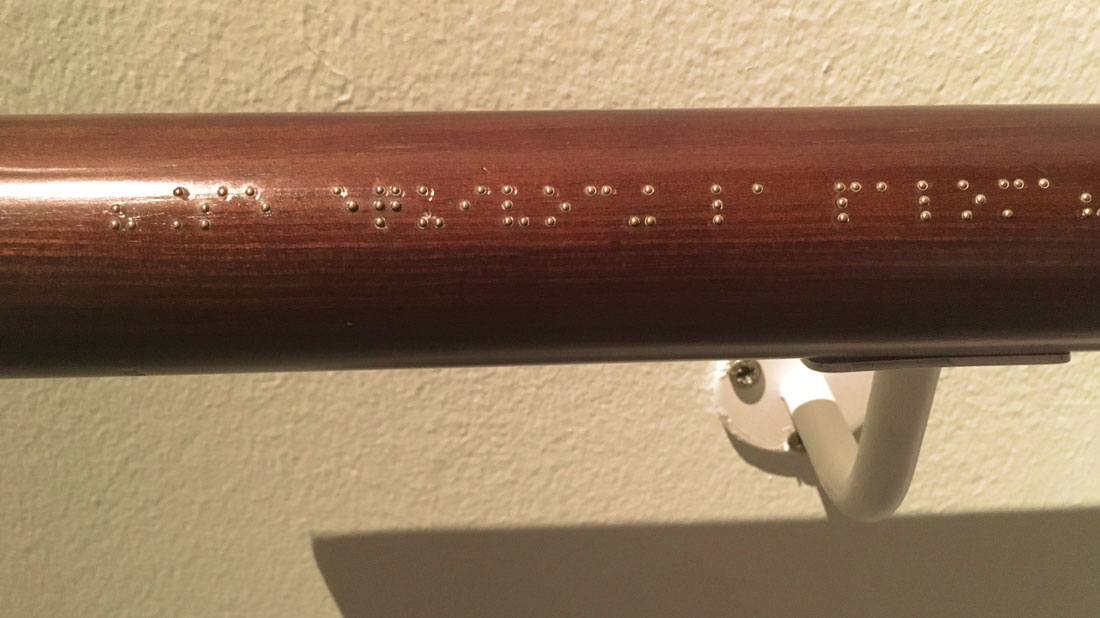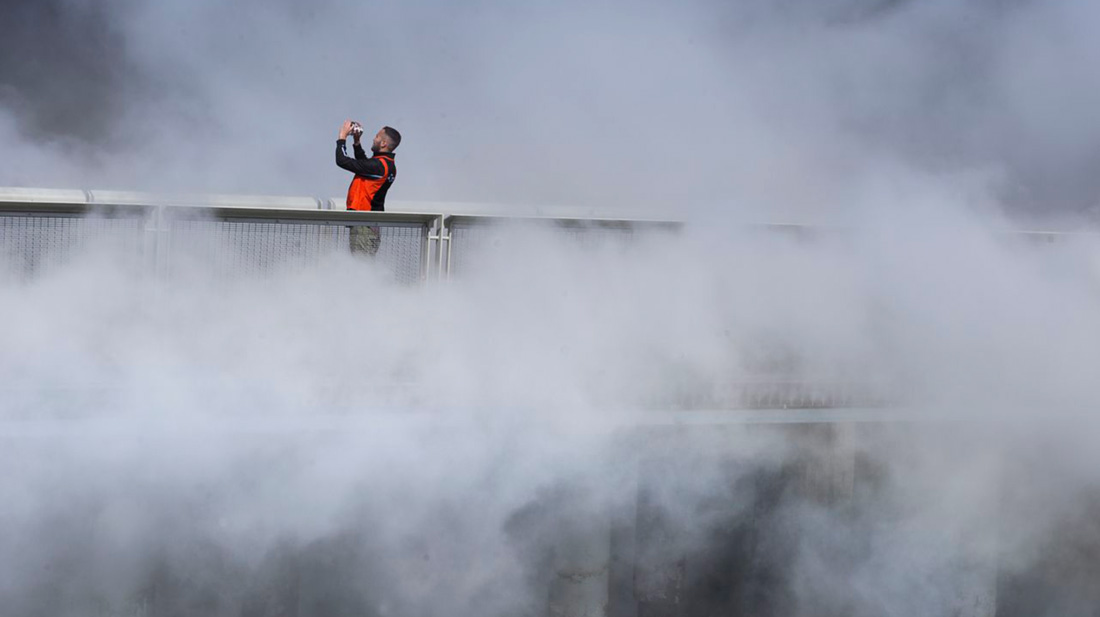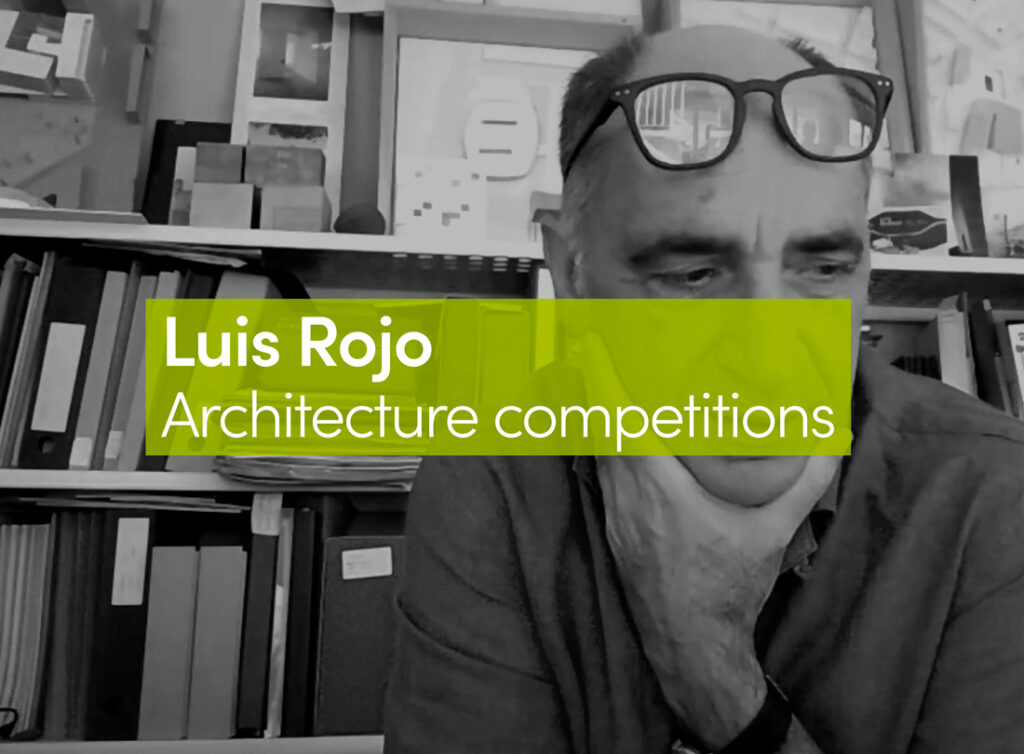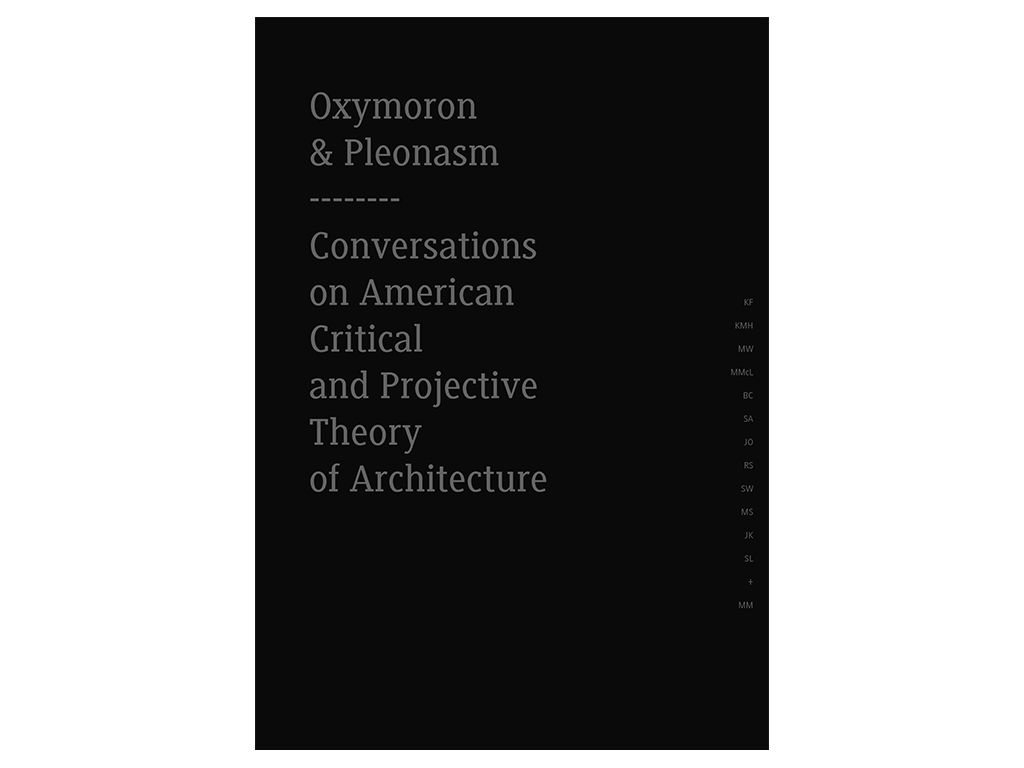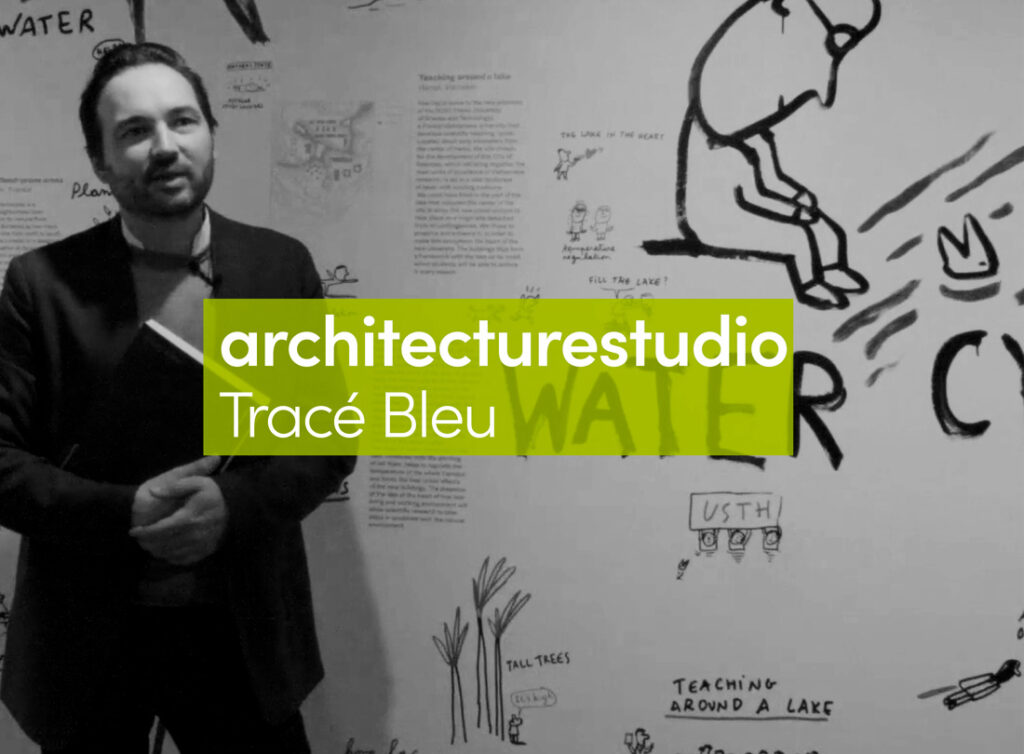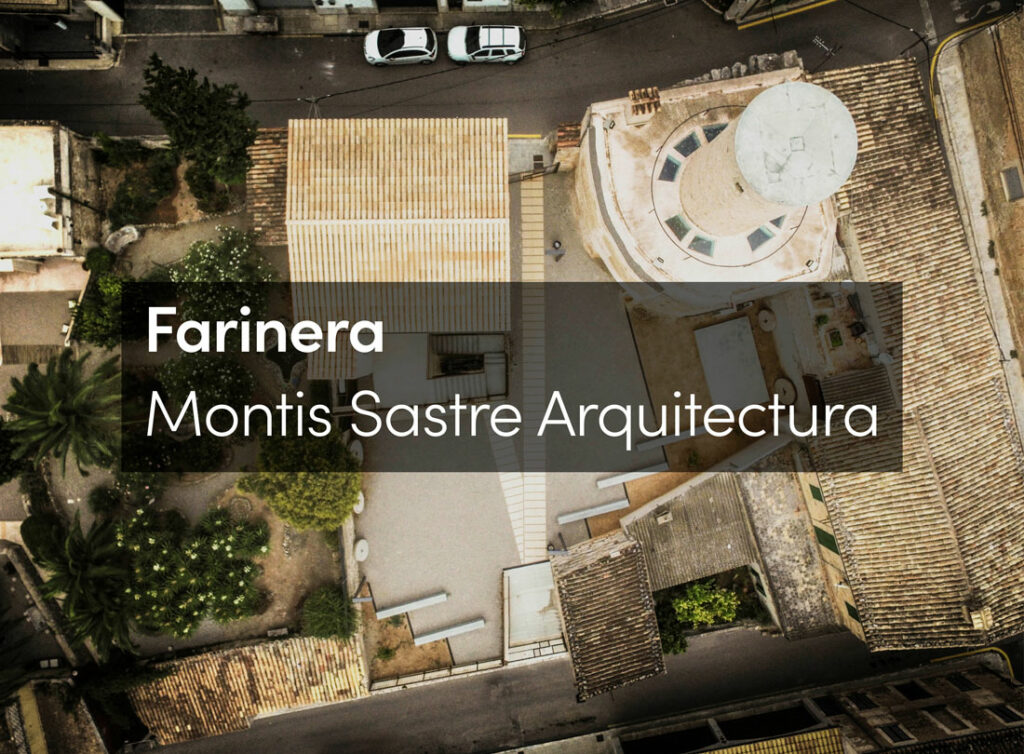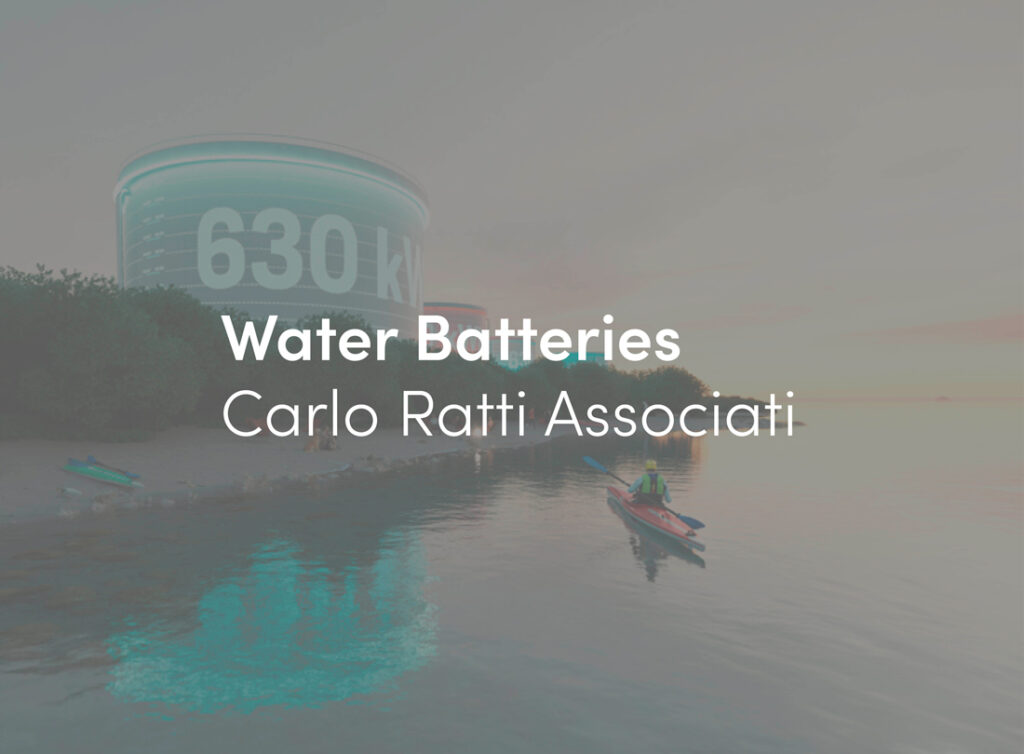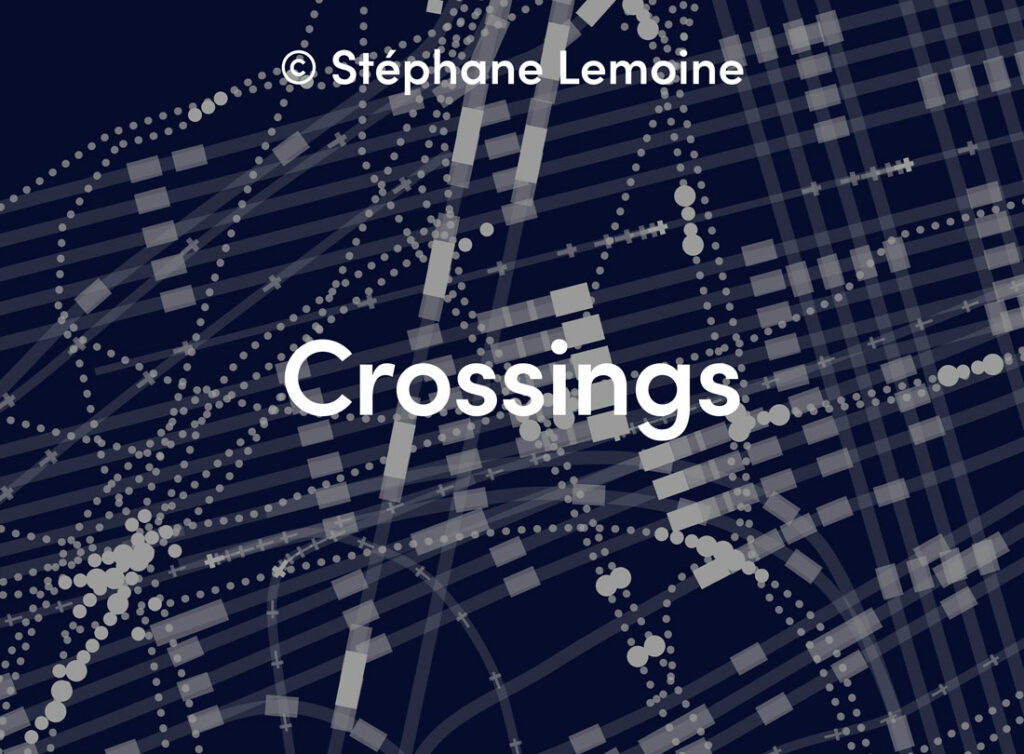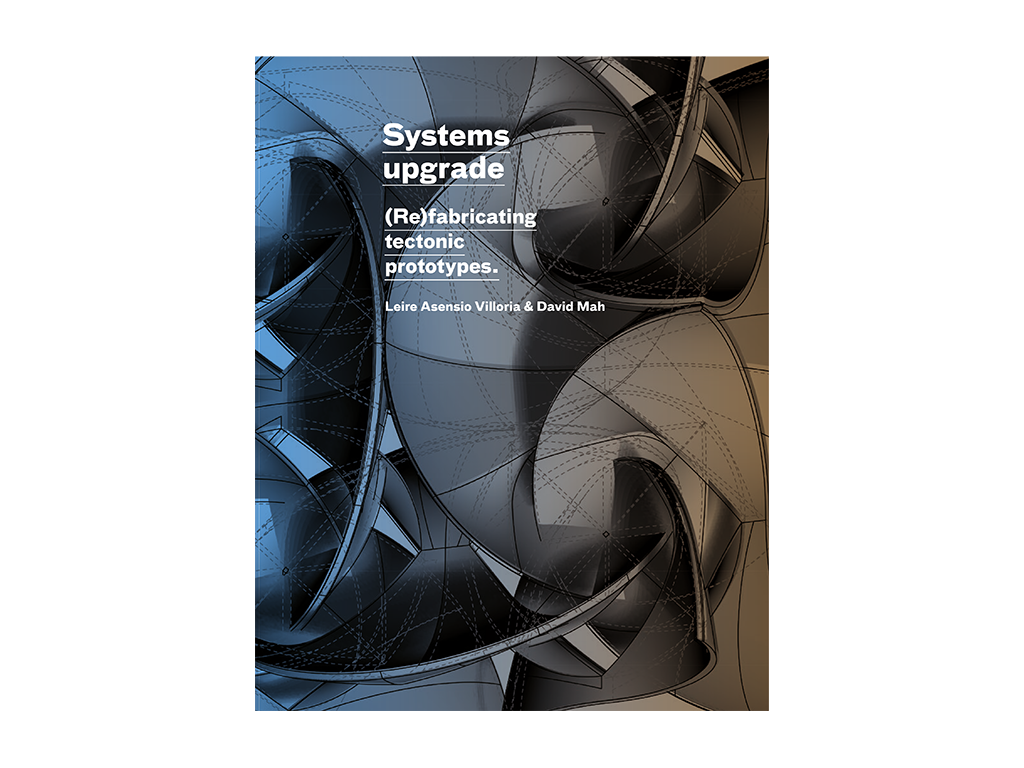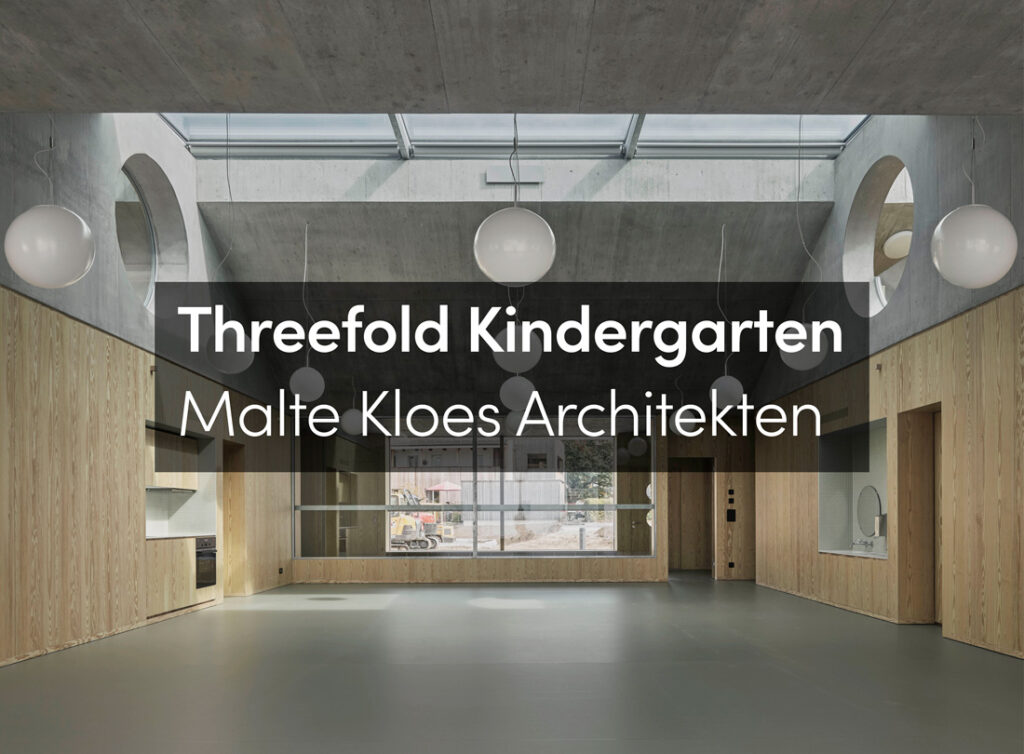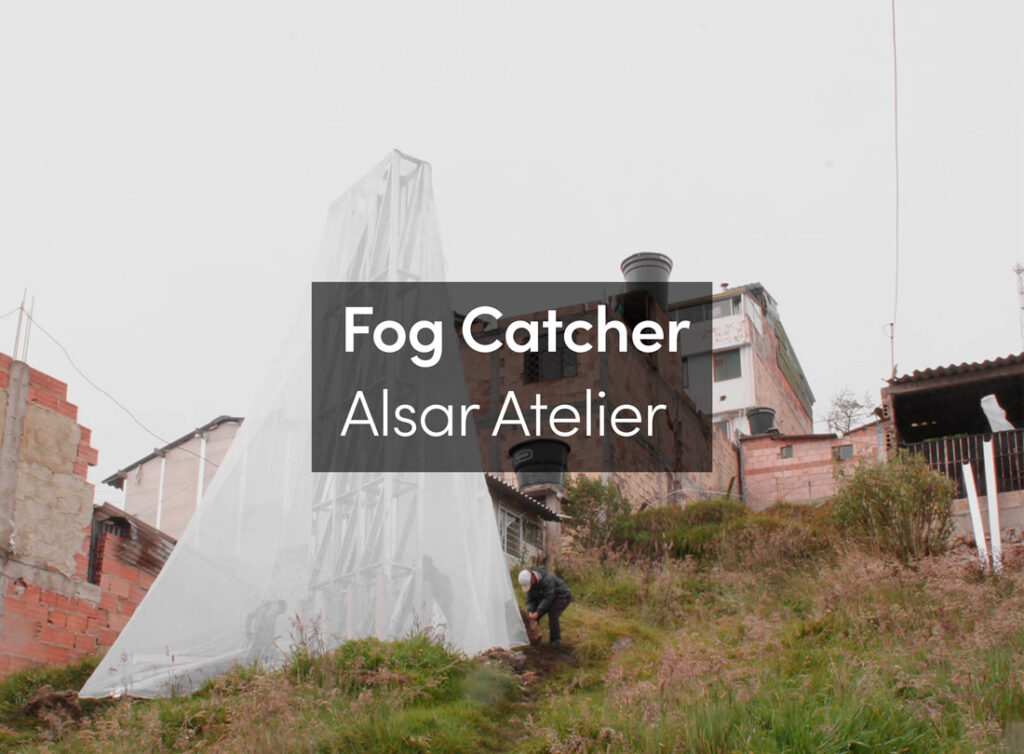For some time now, footbridges have been a contemporary design phenomenon due to both the unimaginable proposals born from a structural expressionist approach and the radical slenderness of some footbridges constructed through exquisite structural analysis. But what comes after visual and structural languages? And what lies beyond slenderness?
In physics, sublimation refers to the transition of a substance directly from the solid state to the gaseous state without passing through the intermediate liquid phase. In psychology, sublimation is the transformation of unwanted impulses into something less harmful. In footbridge design, sublimation might be described as the transition toward visual dissolution, a preliminary step in moving forward from visual beauty and from slender structures.
The aesthetic approach to astonishing footbridges is always related to visual perception. Nice, smooth and stylish designs, with an often complex structural behaviour, invite us to enjoy footbridges through visual delight. But could another design approach be possible if it addressed other senses rather than relying on sight alone? The answer is yes. It is necessary to design beautiful footbridges for visually impaired people.
A beautiful footbridge, in Braille.
Footbridges and visual impairment are not disconnected. Footbridge designers should not design for the public realm at the exclusion of those with visual disabilities. The means of providing accessibility and adaptation are often insufficient or, at worst, missing from pedestrian infrastructures in our urban context. It is imperative that all users, including the physically impaired, be able enjoy the beauty of pedestrian infrastructures, such as footbridges, in one way or another.
Observing beyond what the eyes can see may help designers to develop footbridges using not only the rules of proportion, materials and colour palettes. If footbridges are designed to be enjoyed by those who cannot see, then they will be more than something to look at; they will become a space to experience with our whole being. Designing for all the senses creates a richer multisensory environment that responds to a more inclusive and more equitable design. As a result, we can all have the chance to experience footbridges with all our senses on a deeper level.
A beautiful footbridge, unseen.
Unsighted experiences are more multisensory than sighted ones; we can all learn from this. Walking through the city as a user without sight enhances your sensitivity to the surrounding environment: not only because there are a large number of obstacles and ill-conceived spaces that need to be constantly sorted out, but because the changing environment constantly provides substantial inputs for inferring patterns and recognizing the order of public space [3]. The morphology of the city itself serves as the guide to know where you are and where you are going, and footbridges are often emblematic examples with a relevant impact for everyone. City planners, designers and users are well aware of this, including those who cannot see.
How can you recognize things in public space if you cannot see? How can you cross a footbridge if you are a blind person? How can you feel the beauty of a footbridge without the sense of sight? The answer lies in other senses. Hearing, touching, smelling and tasting are, in fact, fundamental aggregates through which we become aware of the world around us, including footbridges. If one of these senses is not present, footbridges must remain beautiful nevertheless.
The sense of sight.
Most of us are able to see a footbridge because light is reflected from its surface into our eyes. Sound behaves in a similar manner. By picking up the sounds as we move along a footbridge, it is possible to form a picture of it using our hearing. However, it is difficult to apply this concept to footbridge designs, because walking speed when moving along the structures is not sharp enough. The only way to increase this effect would be to sharpen the morphology of the elements that are exposed to the wind or sound underneath, from a raging river or a busy highway, for example.
Furthermore, footbridges are intriguing because they move; they vibrate. The range of human hearing, i.e., the range of frequencies that we can hear, is commonly given as a minimum of around 20 Hz. The standard range of vertical or horizontal frequencies on footbridges is less than 5 Hz. Therefore, the use of technological equipment is needed to amplify and modify footbridges’ natural responses to external actions. A network of vibration sensors and audio amplifiers placed within a bridge could turn it into an outstanding instrument. It would allow us to map the path across the footbridge and also to hear how footbridges are moving due to human interactions.
In recent years, designers and artists have generated a growing interest in footbridges, moving attention away from the visual aspect of the footbridge while focusing on other senses. As an example of this, the US artist Bill Fontana put this idea into practice in London in 2006 with his ‘Harmonic Bridge’ [a] exhibition. He placed a network of vibration sensors on the Millennium Bridge and used software to turn the structure’s movement signals into sounds reproduced in the Tate Modern’s Turbine Hall.
The sense of touch is involved in every physical interaction we make. When we feel something, we use our body’s sense of touch. We can feel pain, warmth, cold and also the sensation of pressure, which tells us whether a surface is soft, smooth, hard, slippery or rough to the touch. However, touch is more than a tactile sensation. With touch, we can know the position of our body, where we are moving and which forces we are encountering. Touch gives us a clue to our alignment and our progression through time and space. In order to reduce self-weight actions, the pavements on footbridges used to be hard and unpleasant. More recently, synthetic cork pavements have been used on footbridges, but what about natural materials such as grass, woodland trails or soil? There is scope to go beyond these examples: interactive touch technology could be introduced on footbridge pavements in order for the footbridge to touch us back. Also, Braille could be incorporated into handrails to describe the footbridge.
Puntos de apoyo. «Pies para que os quiero. Si tengo alas pa’volar», 2015 by David Escalona. Picture from the VII ONCE Foundation Biennial of Contemporary Art Exhibition.
Through the use of tactile tools, it is possible to make a visual experience into a tactile experience, inviting blind users to create an alternative footbridge experience, rather than just crossing the footbridge. Braille messages can be printed onto footbridge handrails to give not only directions and warnings to the user, but also cool descriptions of the structure. The handrails could also include audio messages to be played with a button; however, this is inadvisable due to cost, maintenance and the potential noises of the surroundings. Another instructive idea would be to allow visitors with limited vision to touch the outline of the footbridge or to obtain a close-up tactile sense of its design and proportions with a two-dimensional model printed or engraved on a steel plate.
Footbridges are not only important as design objects, they also incorporate the experience of crossing. When crossing a footbridge, we are not only relying on the senses of sight, hear and touch; the olfactory sense makes us experience footbridges as well. Smell is the sense that better evokes memories and atmospheres. Obviously, we can definitively live without a sense of smell, but it greatly enriches our experiences. Why not enrich the user experience by generating certain atmospheres while crossing? Why not introduce subtle fragrances on footbridges? Some areas of the city have their own smell; if there is a bakery on the street, you recognize it immediately. It would also be possible to make the footbridge a meaningful spot for the pleasure of smell.
Footbridges are usually used like a balcony, and flowerpots give identity to them. Lately, the idea of using the whole footbridge as a flowerpot has spread in footbridge design. The case of the Garden Bridge conceptual project over the Thames River exemplifies this situation perhaps best of all. A hanging garden with trees, bushes, flowers and different kinds of grass and herbs creates an amalgam of smells that evoke beautiful feelings, as if we were in nature. Obviously, this tendency has no easy-to-implement guidelines, regressing visually into abstraction and even artificiality, but for sure it can be an extraordinary sensory experience.
Taste is the sensation produced when a substance in the mouth reacts chemically with taste receptor cells, mostly located on the tongue. But there is a social aspect associated with taste and the human ability to judge. Through taste, we take a certain satisfaction and pleasure in particular sensory perceptions. How taste works is addressed by aesthetics, the branch of philosophy that studies the nature of beauty. Taste is operating when we feel moved by a footbridge. The experience takes place not only as crossing, but as getting a taste of the bridge as a wholesome atmospheric experience: more propositional and less descriptive.
Footbridges have always been used as a meeting place, providing a path to connect aesthetic experiences and therefore to bring people together. Footbridge designs also offer a rich repertoire of perception with the superposition of all sense registers [4]. Although vision has a major influence, we must go beyond sight; we must cross a footbridge like a blind person. Moreover, we all must cross a footbridge with a person who is blind. Helping each other is a good way to enjoy footbridge designs. That said, footbridge frames will disappear in front of us in a wholesome aesthetic experience, lived with all the senses and the human environment we live in.
In 2013, the Japanese artist Fujiko Nakaya created the ‘Fog Bridge #72494 Installation’ [b] along the footbridge that leads to the main entrance of the Exploratorium Museum in San Francisco. Pressurised water evaporates from a large number of nozzles on both sides of the bridge, creating an immersive atmosphere that hides the footbridge and wraps users in a beautiful mist. Due to the winds in San Francisco, there is a constant movement of the fog on the deck, making the aesthetic experience closer to natural conditions than architectural design.
User taking pictures at the Fog Bridge #72494 Installation. Picture by Wikipedia Commons [c].
For beautiful footbridges, the structure holds it all because it is meaningful, unwavering and powerful enough to provide an architectural entity. However, non-visual footbridge design needs to be based on a dissenting conceptual idea: beauty that cannot be seen and cannot be hidden beneath the structural frame. Although we would like the structure to disappear, it cannot do so; however, the idea of footbridge interaction as a catalyst for the aesthetic exploration of how users sense and make sense of the footbridges seems to be the right design approach for those who cannot see.
Like natural conditions, non-visual aesthetic experience depends on a constant and combined interaction between the footbridge and the user. The whole experience needs to be felt in a number of different ways: some days, crossing the footbridge can be a beautiful moment; while other days the footbridge will remain mute and users will pass by it, looking for an unexpected response. Within these attractive conditions all users will be able to see more than just with their eyes. They will be able to interact with the footbridge halo as a unique experience. In addition, to date it is possible to develop new technological solutions that might allow people with visual disabilities to interact with the footbridge with multiple choices.
New technologies also reach people with visual disabilities. In 2017, the Blind.Wiki [d] platform was created. “BlindWiki is a location-based audio network where citizens who are blind or partially sighted use smartphones to share their findings by posting sound recordings. The platform does not just contain information about difficulties and barriers but is also a repository for experiences, opinions and stories, generating a creative and collaborative cartography of the unseen.” An excellent initiative.
Let us hope that from now on footbridge designers will no longer be blind and will design beyond visual aesthetics. For my part, I am determined to keep up my efforts to follow up on these ideas. With a team, we have created an exciting dobooku project called Bridging Senses with the goal of designing beautiful public spaces, in particular footbridges, for visually impaired people. The first steps go involve interviewing people with visual disabilities to get fresh ideas and to acquire better sensitivity on the subject.
